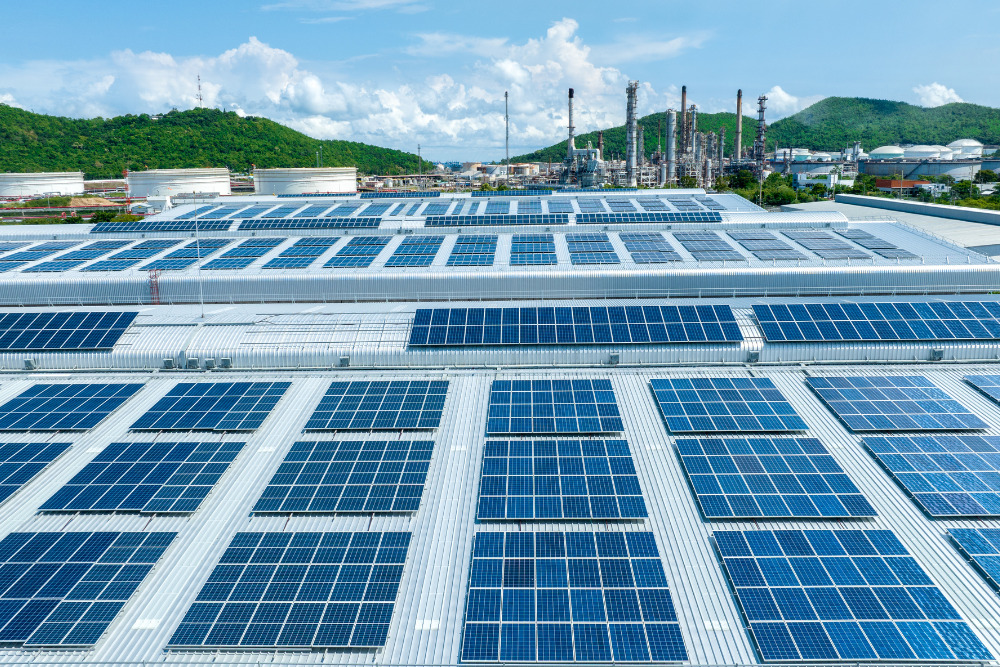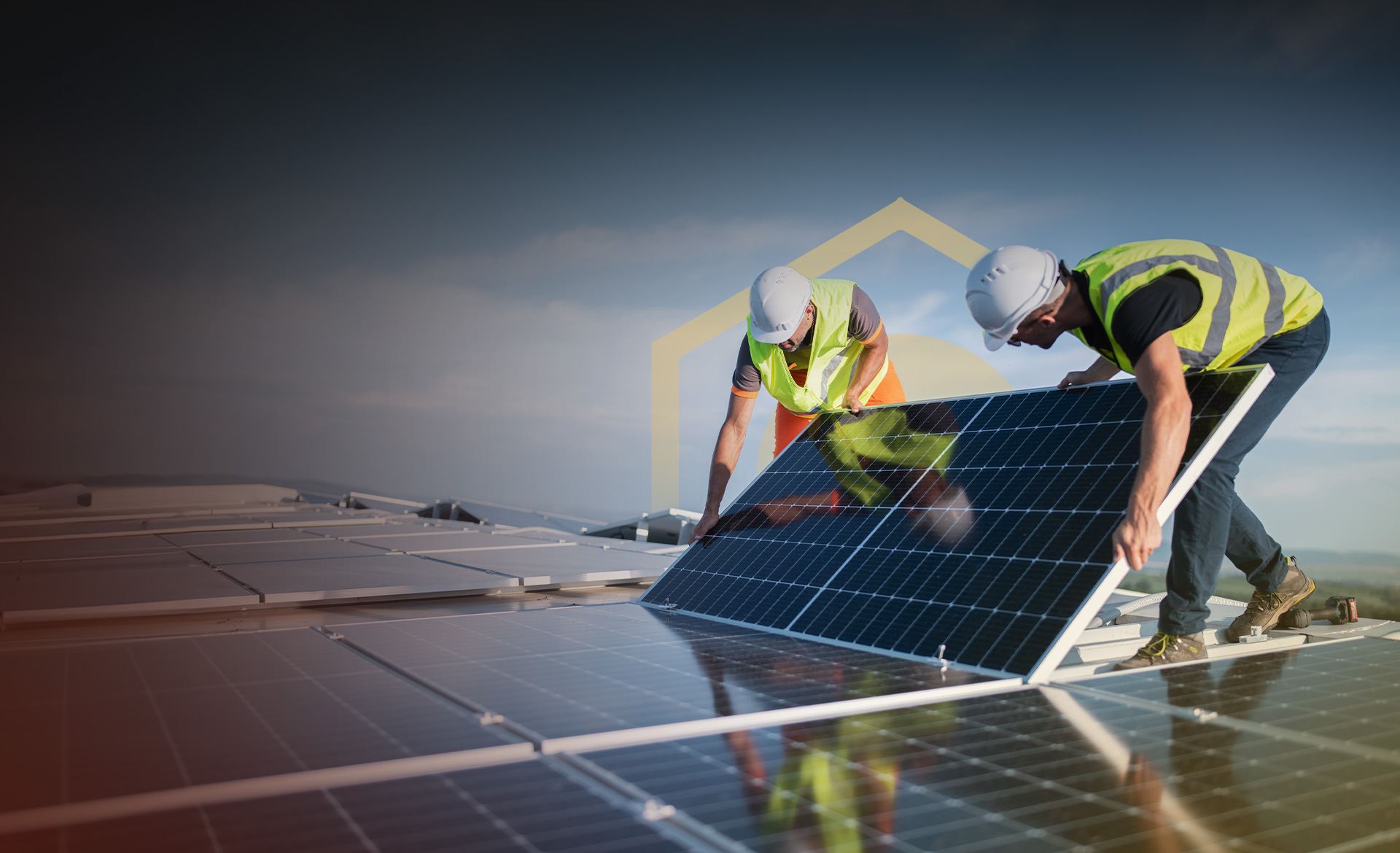Solar Panel Installation Virginia Fundamentals Explained
Solar Panel Installation Virginia Fundamentals Explained
Blog Article
Solar Company Near Me Virginia: Lumina Solar Concentrates On Providing Advanced Photovoltaic Solutions For Residences And Services
History and Establishing
Have you ever questioned how a photovoltaic panel company springs from a mere spark of inspiration into a powerhouse of renewable resource? It often starts with a vision-- one sustained by a blend of innovation, decision, and a pinch of serendipity. The journey of many solar business mirrors the advancement of the technology itself: from bulky, ineffective panels to streamlined, high-efficiency marvels utilizing the sun's bounty.
The Early Days
In the late 20th century, when solar power was still a specific niche concept, leaders planted seeds for what would become a global movement. Picture a small workshop filled with curious engineers, relentlessly try out photovoltaic cells. Their passion was palpable, typically driven by a desire to fight environment modification and lower dependence on fossil fuels.
One such anecdote is about a creator who, motivated by an outdoor camping journey, understood that even in remote areas, the sun might power essential devices. This simple observation stimulated a company's mission to equalize access to tidy energy.
Founding Principles

- Development: Continually pressing the borders of solar innovation to enhance effectiveness and durability.
- Sustainability: Committing to environment-friendly manufacturing and decreasing carbon footprints.
- Accessibility: Making renewable resource services budget-friendly and useful for everyday users.
Milestones in Growth
| Year | Secret Event |
|---|---|
| 1985 | Business founded in a little garage, concentrating on research study and advancement. |
| 1995 | Very first business solar panel product launched, acquiring local attention. |
| 2005 | Expanded to international markets, welcoming global renewable resource objectives. |
| 2015 | Presented innovative photovoltaic panel innovation with improved energy conversion. |
Isn't it remarkable how these incremental steps, frequently ignored, form the energy landscape today? The solar panel business story is not practically technology; it has to do with a relentless mission for a brighter, cleaner future.

Developments in Photovoltaic Panel Technologies
Ever discovered how some photovoltaic panels shine brighter and last longer? It's not magic; it's the science of photovoltaic effectiveness. Modern photovoltaic panel companies invest heavily in innovations like bifacial cells, which catch sunshine from both sides, improving energy harvest without expanding roofing space. Have you ever questioned why some panels carry out much better on cloudy days? That is because of advances in thin-film solar innovation, which thrives under diffused light conditions.
Item Variations Tailored to Distinct Requirements
One size never fits all. Solar panel providers now offer:
- Monocrystalline panels for optimum effectiveness and sleek looks, ideal for space-constrained roofs.
- Polycrystalline panels, which provide a cost-efficient option without sacrificing too much output.
- Building-integrated photovoltaics (BIPV), combining solar tech effortlessly into architectural components like windows and facades.
Selecting the best item isn't almost upfront cost; it has to do with matching your environment, energy objectives, and long-term cost savings. Homes shaded by trees require panels that excel in low-light circumstances, something numerous neglect until energy costs climb unexpectedly.
Technical Tips for Optimum Choice
- Assess the temperature coefficient-- lower worths imply panels lose less performance on hot days.
- Search for panels with enhanced anti-reflective coatings to make the most of light absorption.
- Consider the panel's warranty not just for flaws, however for ensured power output over decades.
- Do not underestimate the importance of the inverter innovation paired with the panels; it can make or break your system's efficiency.
Beyond Panels: Emerging Patterns
Imagine solar panels that adjust their angle automatically to chase after the sun-- tracking systems are becoming more accessible, increasing yield significantly. Or solar tiles that blend invisibly into your roofline, transforming your home into a quiet, self-dependent power generator. These innovations are reshaping what a photovoltaic panel business offers-- not simply items, but integrated energy options.
Market Presence and Global Operations
Ever wonder why some solar panel companies appear to grow up in every corner of the world while others hardly make a ripple? The difference lies not just in innovation however in mastering the art of navigating diverse markets. Broadening worldwide is like planting seeds in various environments-- you should comprehend each environment's unique conditions to prosper.
Take, for example, the detailed dance of logistics and supply chain management. Delivering panels halfway throughout the world isn't just about range; it has to do with timing, customizeds, tariffs, and adapting to regional demand variations. A business with robust global operations expects these variables, ensuring panels arrive on schedule without inflating expenses. This read more foresight is no little task and typically separates industry leaders from followers.
Secret Techniques for Expanding Market Presence
- Localized production: Establishing production hubs near target audience minimizes shipping hold-ups and import complexities.
- Strategic collaborations: Working together with local firms speeds up market penetration and constructs trust.
- Adaptive item design: Customizing photovoltaic panel tech to weather, sun strength, and facilities subtleties boosts efficiency and approval.
What about the human aspect? Solar panel companies operating internationally need to reconcile cultural distinctions and regulative nuances without forgeting their core objective. For example, what works in a sun-drenched desert may fail in a damp seaside region. Sometimes, the most innovative option is merely listening-- soaking up local insights to refine technology and approach.
Experts frequently encourage a phased rollout rather than a shotgun expansion. Why run the risk of overextension when determined growth builds sustainable momentum? Scaling wisely indicates balancing aspiration with operational strength - Solar Panel Company Virginia. In the race for sustainable energy dominance, perseverance can be as important as speed.
Ecological Effect and Sustainability Practices
When solar panels first emerged, numerous presumed they brought zero environmental luggage. The truth is more nuanced. The production of photovoltaic cells includes uncommon earth metals and energy-intensive processes, which can leave a substantial carbon footprint before the panels even reach rooftops. The real environmental cost depends heavily on the sustainability practices utilized by the photovoltaic panel business throughout the lifecycle of their items.
How frequently do we pause to consider what occurs to solar panels at the end of their beneficial life? Unlike batteries or electronic devices, photovoltaic panels can last 25-30 years, but disposal and recycling paths stay underdeveloped in lots of areas. A company committed to lowering environmental harm will have a robust strategy for recycling photovoltaic materials, salvaging important silicon, glass, and metals to avoid landfill build-up.
Key Sustainability Techniques
- Utilizing low-impact production strategies that minimize water and energy usage.
- Carrying out closed-loop systems to recycle production waste back into brand-new panels.
- Engaging in transparent supply chain audits to ensure ethical sourcing of basic materials.
- Creating panels for simpler disassembly to help future recycling efforts.
It deserves keeping in mind that some solar companies have actually originated ingenious approaches, such as integrating eco-friendly elements or using less poisonous chemicals during fabrication. This not just minimizes environmental stress but likewise sets a precedent for the market. The question stays: can the solar market really pivot towards a circular economy model without sacrificing performance or cost?
Professional Tips for Evaluating Sustainability
- Inquire about the business's commitment to carbon-neutral production and whether they offset emissions.
- Examine if they partner with licensed recycling facilities committed to photovoltaic panel waste.
- Try to find transparency reports detailing environmental impacts and sustainability goals.
- Consider the durability and guarantee of panels as an indirect step of resource efficiency.
In the end, choosing solar energy needs to indicate more than simply slashing electrical energy bills; it has to do with nurturing a future where energy is harvested properly and waste is attentively handled. Solar panel companies that accept this approach not just brighten homes however also cast a brighter light on sustainable innovation.
Report this page